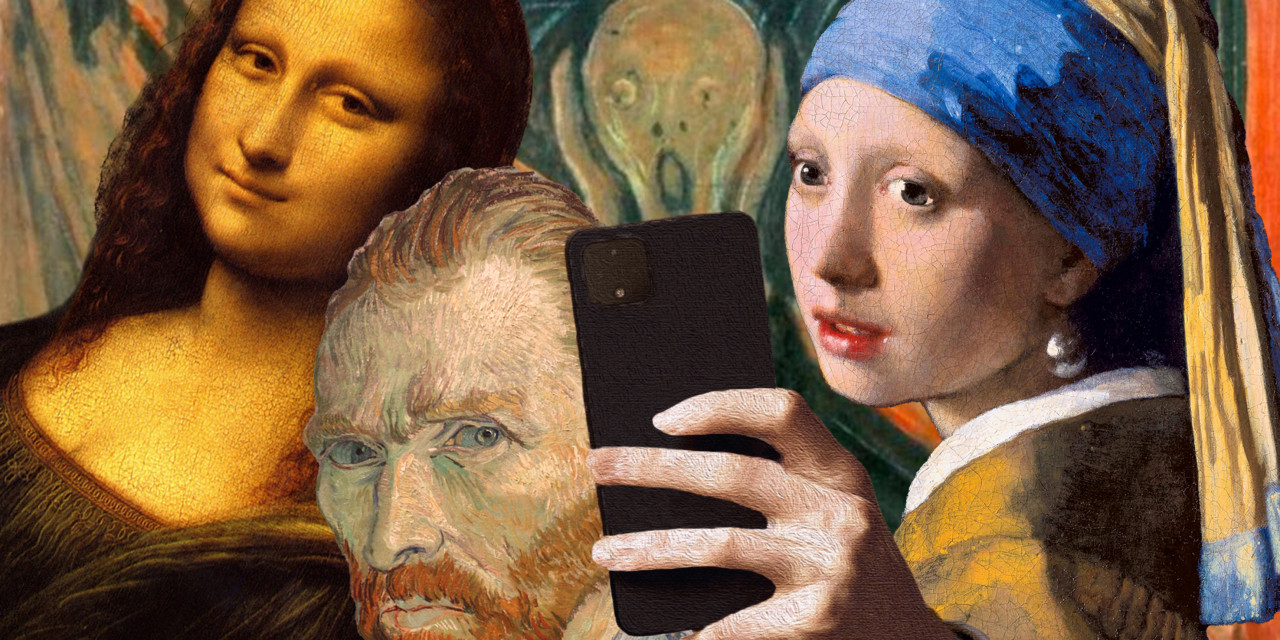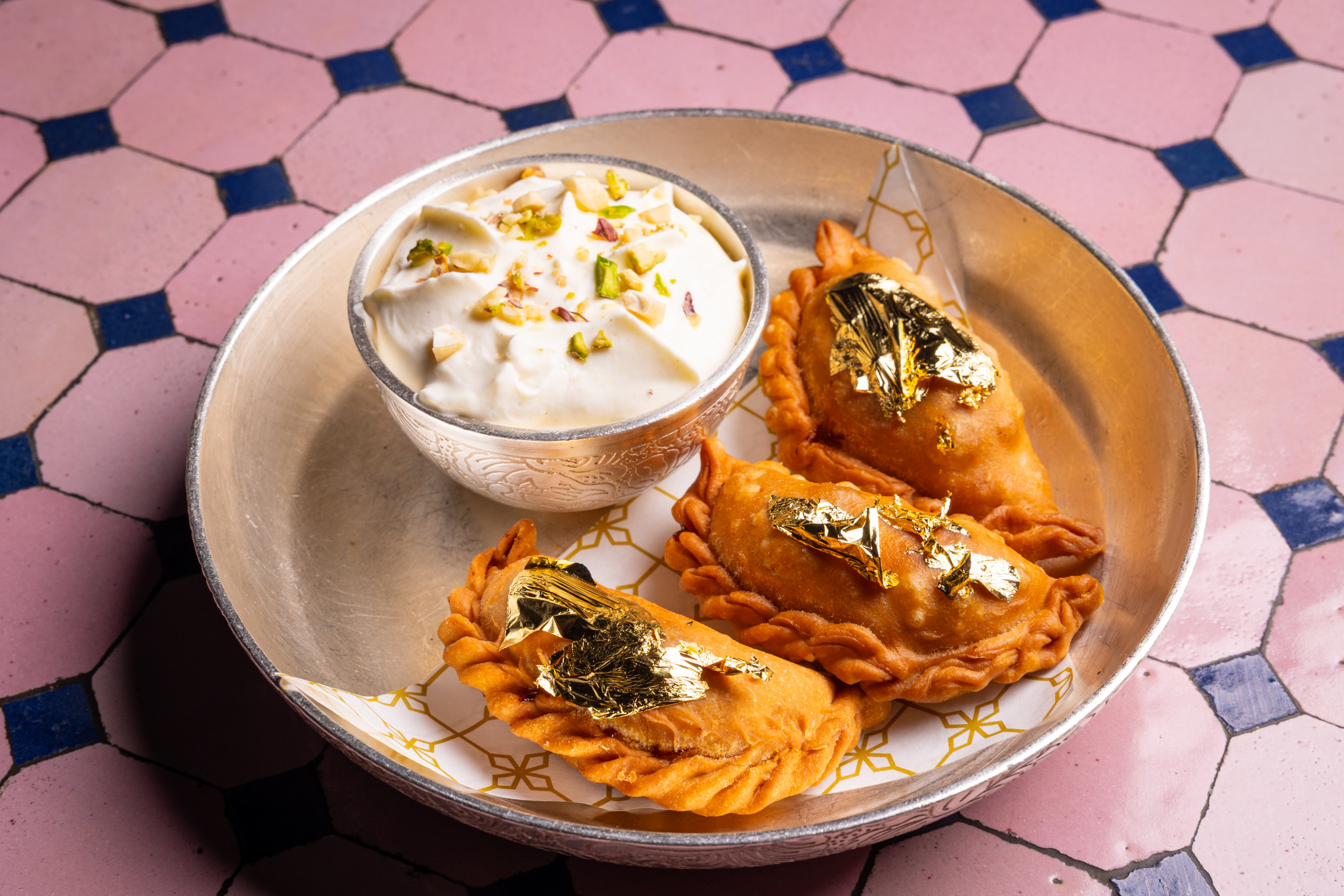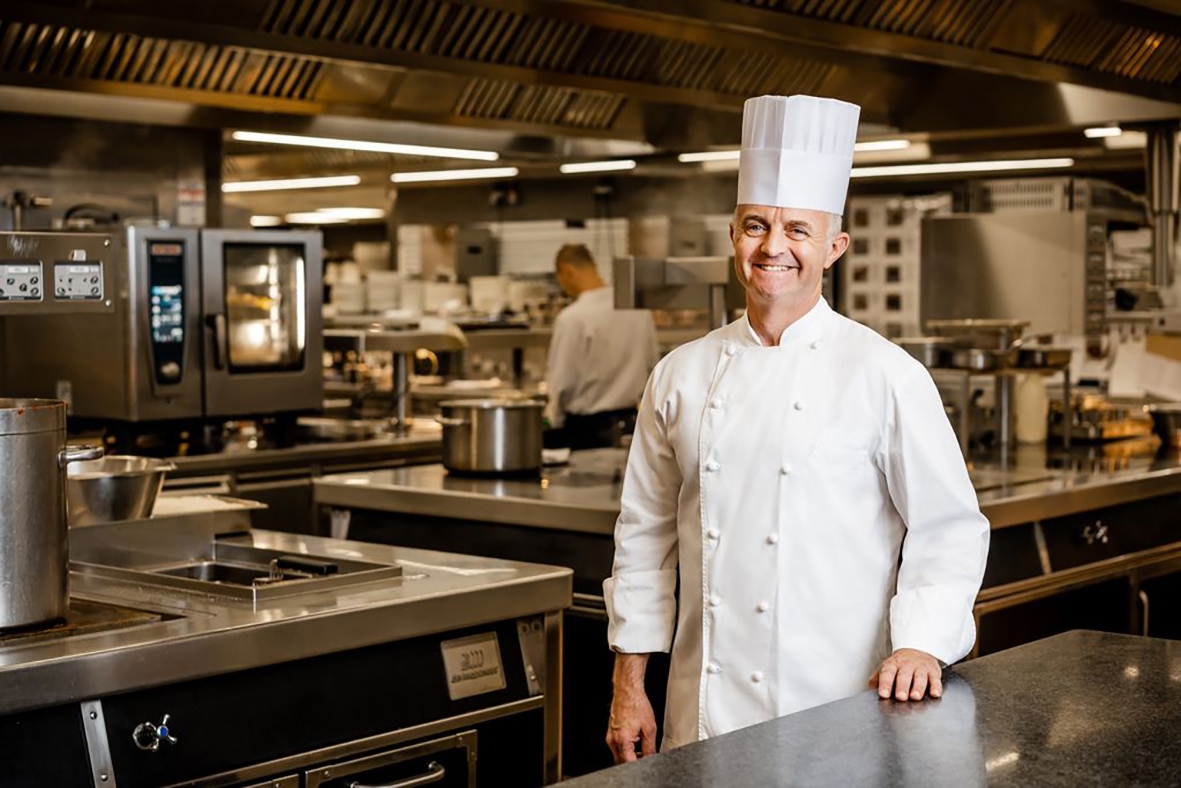The damaging of an 18th Century oil painting in Florence due to selfie taking has raised questions about the use of mobile phones in art museums and galleries. Mayfair gallerists and art aficionados are divided on the issue
Words: Will Moffitt
Anton Domenico Gabbiani’s 18th Century portrait of Ferdinando de' Medici, Grand Prince of Tuscany, has entranced viewers for 300 years. A few months ago, however, oil painting was damaged at the Uffizi Gallery in Florence after a visitor tore a hole in it.
Medici’s resplendent pose is difficult to emulate unless, like him, you’re perched with a cane. In trying to recreate that pose and take the optimal selfie the offender toppled backwards into the work, leaving a tear near the prince's right foot.
The incident elicited righteous fury from gallery director Simone Verde: “The problem of visitors coming to museums to make memes or take selfies for social media is rampant,” Verde said. “We will set very precise limits, preventing behaviour that is not compatible with the sense of our institutions and respect for cultural heritage.”
This unfortunate act of tech-induced vandalism could be waved away as a one off but it isn't even the first time someone has damaged an artwork in Italy in the name of #content. At the Palazzo Maffei museum in Verona a man posed for a photograph pretending to sit on a Swarovski crystal-encrusted chair by artist Nicola Bolla. No prizes for guessing what happened next.
Invariably the ‘Uffizi debacle’ has poured more gasoline on an already incendiary debate: to art selfie or to not art selfie. Warring factions can be loosely (albeit reductively) divided into two camps: the more traditional members of the art establishment who feel that selfie taking has become too frequent and pervasive, detracting from a genuine appreciation of art, and the more liberal-minded who argue that prohibiting selfies impinges on individual freedom. Others go further, arguing that it is elitist snobbery plain and simple.
Based down the road from the Uffizi Sam Good, assistant director of Charles Cecil Studios, argues that the issue is “not so much about the selfies themselves, it’s about the camera taking over everything and everyone’s experience”. This perspective will be familiar to anyone who has tried to glimpse the Mona Lisa in a sea of smart phones.
At Charles Cecil, a private Florentine atelier, students are classically trained in the practice of drawing and painting from life. Many of them, including Good, have exhibited at Mall Galleries.
Good does not want to come across as technophobic or humourless. It’s just that he feels that selfies detract from the original meaning and purpose of the art. As he puts it: “We feel this epidemic is separating the viewer from the work, from what the painter was trying to demonstrate and convey, from the work they made, and from human experience.”
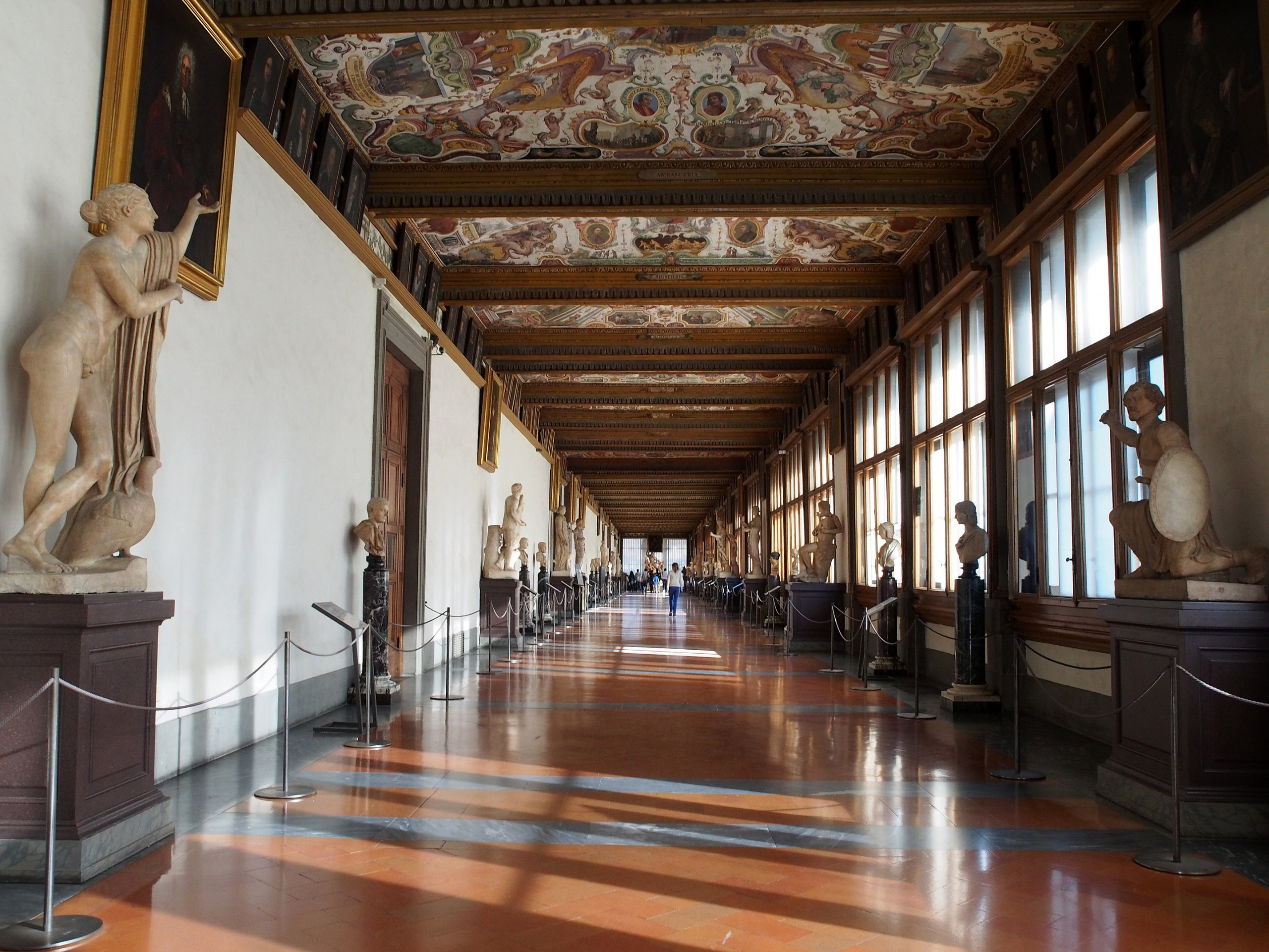
The counterargument to this purist view is that technology has redefined how we interact with everything. People, spaces, objects, music, work, food, our own faces. For JD Malat, founder of Mayfair’s eponymous gallery, the Uffizi selfie debate is a reminder that art no longer lives solely on the walls—it lives in the lens, in the moment, and in the hands of the viewer.
“While we must protect the sanctity of artistic spaces, we must also embrace the evolving language of engagement,” Malat says. “Selfies are not the enemy of art—they are a mirror of its relevance.”
Big tech firms have capitalised on the trend, enmeshing art with selfie taking. A filter by Google Arts and Culture lets you take selfies in the style of Vincent van Gogh, Frida Kahlo, Johannes Vermeer, and other art historical masters.
Eirini Meze, CEO and co-founder of global art advisory firm MeSo Ventures, has a decidedly nuanced stance on selfie taking. Meze, who recently created an exhibition for Bvlgari at their New Bond Street location, argues that location is integral to the debate.
At museums, galleries and art fairs Meze feels that selfies must be allowed, enabling visitors to feel engaged with the work, share that experience with their communities and proliferate ideas, tastes, and reactions. She cites the Van Gogh: Poets and Lovers exhibition at the National Gallery as one example where “the works were just too powerful not to share”.
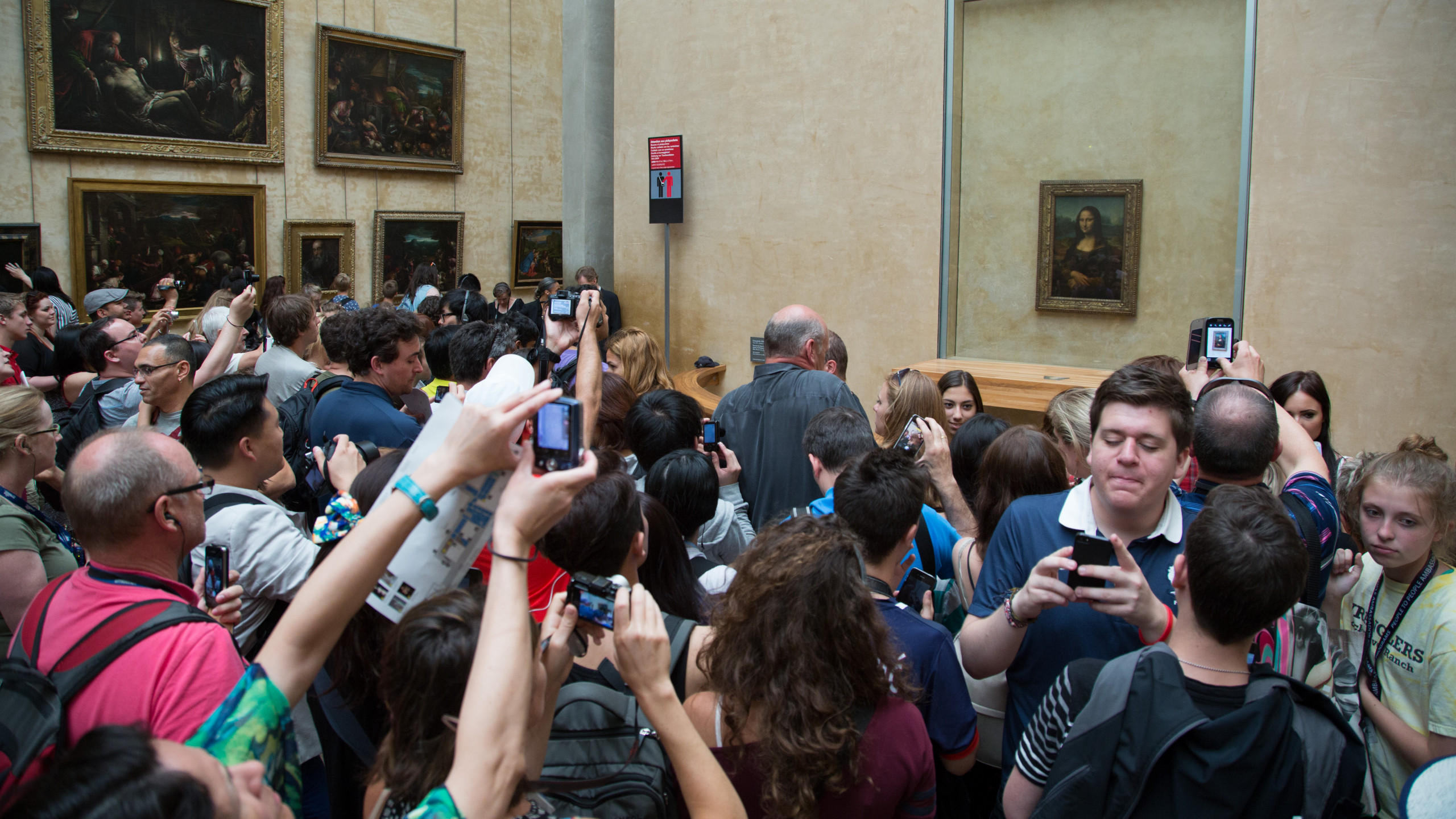
“Even some of the collectors who loaned pieces to the show proudly posted about it,” Meze tells me. “It became a point of connection and celebration.”. However, Meze draws the line when it comes to private collections unless permission to take photographs is granted.
Jose Graci, director at Mazzoleni, Mayfair’s postwar and contemporary gallery on Old Bond Street, feels that selfies are not the primary issue here. The condition is a 21st century affliction that has uncoupled us from being fully present; from savouring experiences rather than commodifying them.
“The risk is that we focus more on capturing the image than on truly engaging with the artwork,” Graci says. “My suggestion? Live in the moment and save your phone’s memory.”

